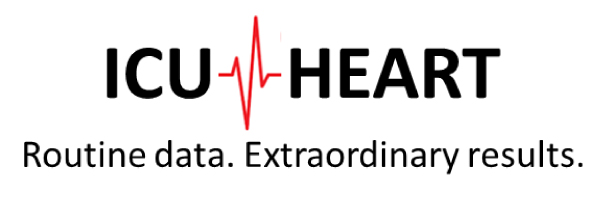Changes in in-hospital mortality in the first wave of COVID-19: a multicentre prospective observational cohort study using the WHO Clinical Characterisation Protocol UK
ISARIC investigators, 1 May 2021, In: The Lancet Respiratory Medicine.
Abstract
Background: Mortality rates of UK patients hospitalised with COVID-19 appeared to fall during the first wave. We quantify potential drivers of this change and identify groups of patients who remain at high risk of dying in hospital.
Methods: The International Severe Acute Respiratory and emerging Infection Consortium (ISARIC) WHO Clinical Characterisation Protocol UK recruited a prospective cohort admitted to 247 acute UK hospitals with COVID-19 in the first wave (March to August 2020). For this analysis we included all patients ≥18 with high likelihood or confirmed COVID-19 from assumed community acquired infection. Outcome was hospital mortality within 28 days of admission. We performed a three-way decomposition mediation analysis using natural effects models to explore associations between week of admission and hospital mortality adjusting for confounders (demographics, comorbidity, illness severity) and quantifying potential mediators (respiratory support and steroids).
Findings: Unadjusted hospital mortality fell from 32.3% (95%CI 31.8, 32.7) in March/April to 16.4% (95%CI 15.0, 17.8) in June/July 2020. Reductions were seen in all ages, ethnicities, both sexes, and in comorbid and non-comorbid patients. After adjustment, there was a 32% reduction in the odds of mortality per 7 week period (OR 0.68, 95%CI 0.65, 0.71). 10.2% of this reduction was explained by greater disease severity and comorbidity earlier in the epidemic. The use of respiratory support changed with greater use of non-invasive ventilation (NIV). 22.8% (OR 0.89, 95%CI 0.87, 0.90) of the reduction in mortality was mediated by changes in respiratory support and steroids.
Interpretation: The fall in hospital mortality in COVID-19 patients during the first wave in the UK was partly accounted for by changes in case mix and illness severity. A significant reduction was associated with differences in respiratory support and critical care use, which may partly reflect accrual of clinical knowledge. The remaining improvement in mortality is not explained by these factors, and may relate to community behaviour on inoculum dose and hospital capacity strain.
Funding: NIHR & MRC

Comments are closed